Blog
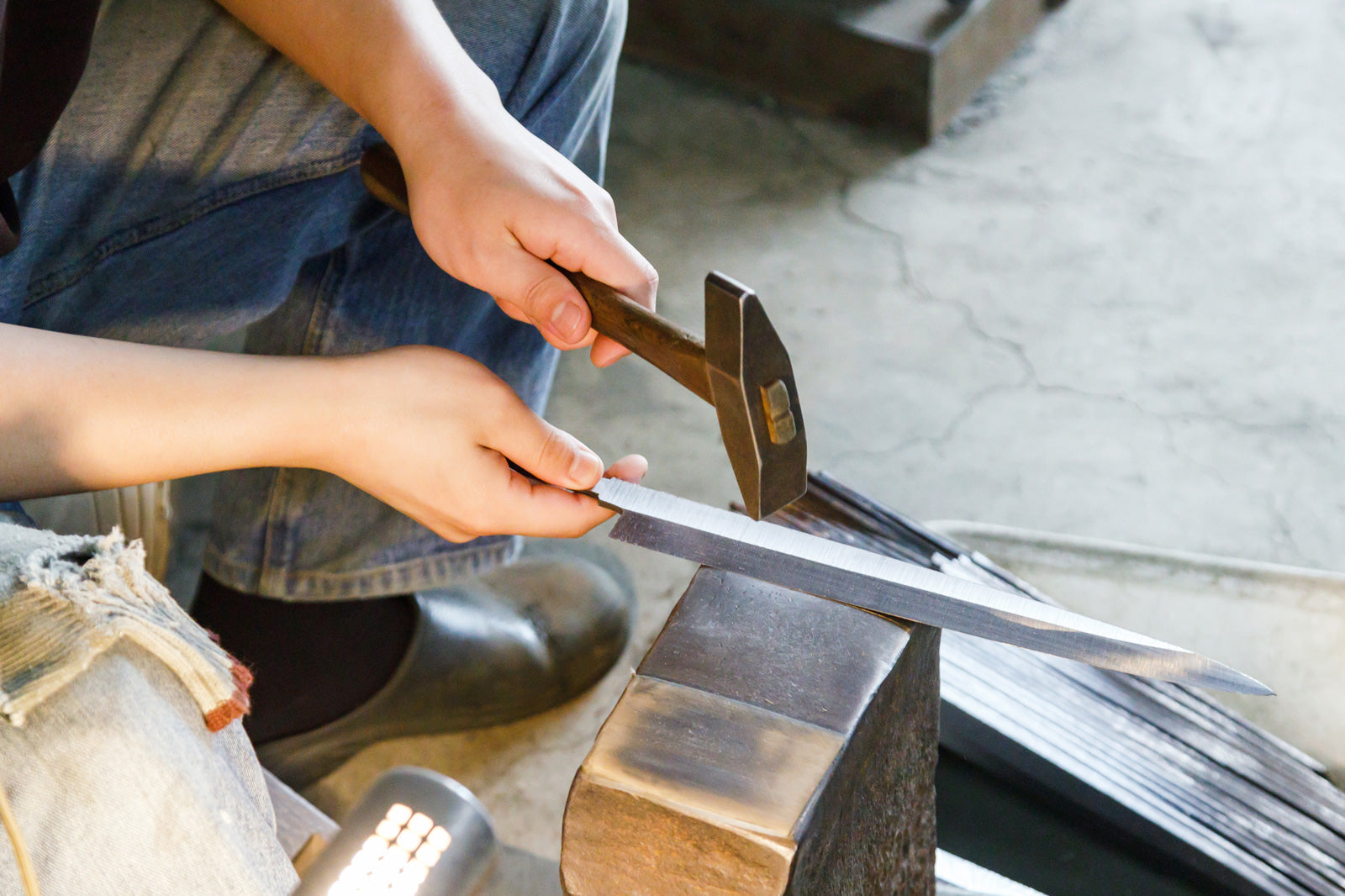
Why Hand-Forged Japanese Knives Stand Above The Rest
There’s an ongoing debate over the difference between hand-forged and machine-made knives. Many consider hand-forged to be superior—products of craftsmanship, skill, and years of tradition. On the...
Read more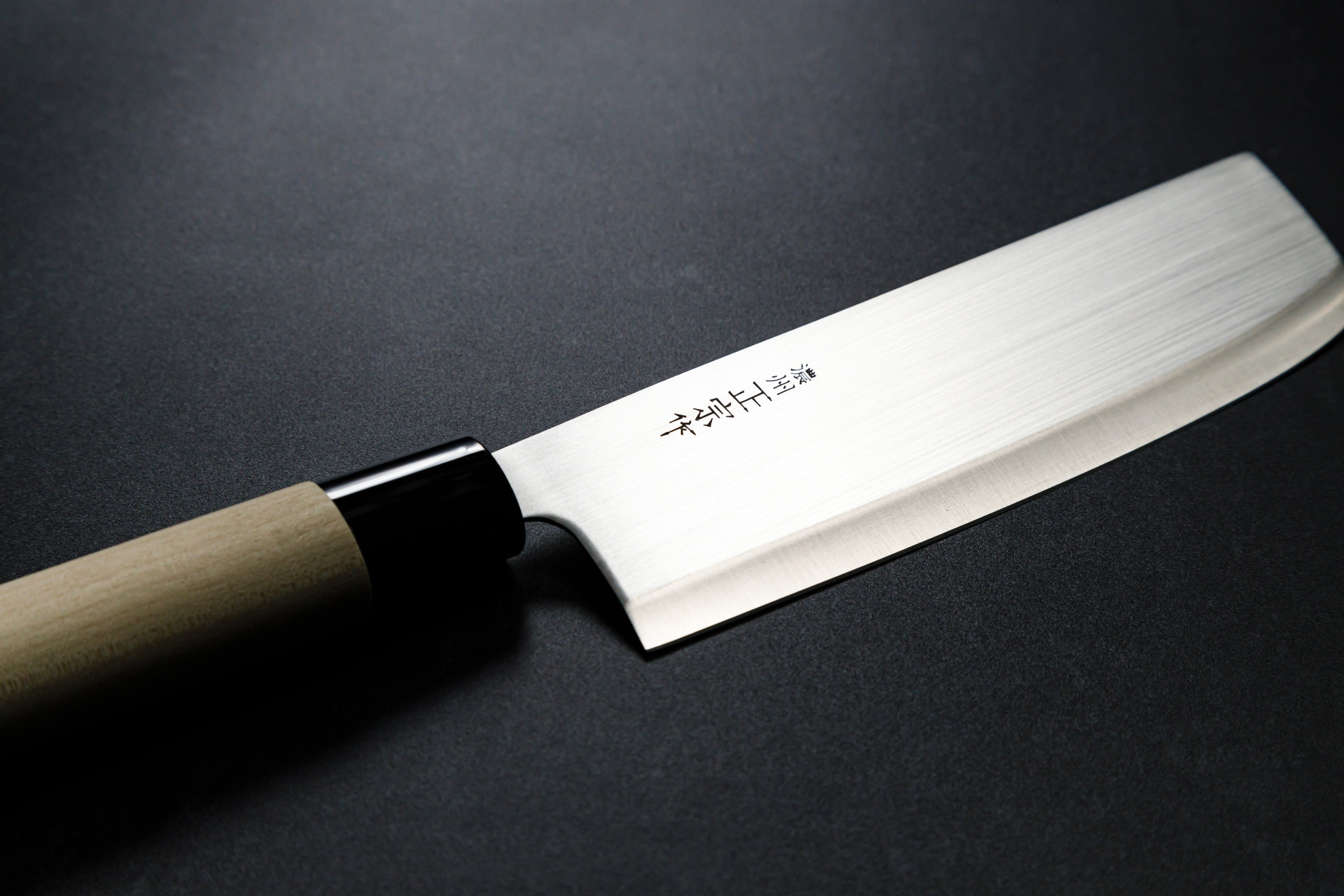
Nakiri Explained: A Japanese Knife Guide
The Nakiri kitchen knife is a must-have for the home cook. Evolving to excel at vegetable preparation, this traditional Japanese knife’s razor sharp blade can handle everything from tough-skinned s...
Read more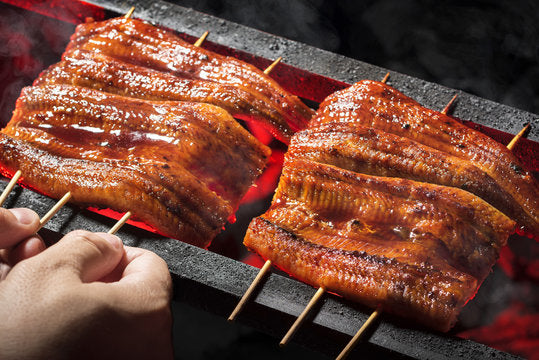
Doyo no Ushi no Hi: Why Japan Eats Eel in Summer
Why do Japanese people eat eel in summer? Every July, Japan celebrates Doyō no Ushi no Hi, the Midsummer Day of the Ox, with one delicious dish: unagi, or grilled freshwater eel. This beloved tradi...
Read more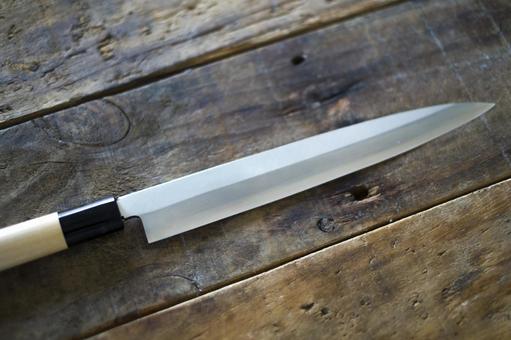
Yanagiba Explained: A Japanese Knife Feature
When it comes to traditional Japanese kitchen knives, the Yanagiba stands apart as the premier tool for slicing raw fish with unmatched precision. It is essential for sushi and sashimi preparation,...
Read more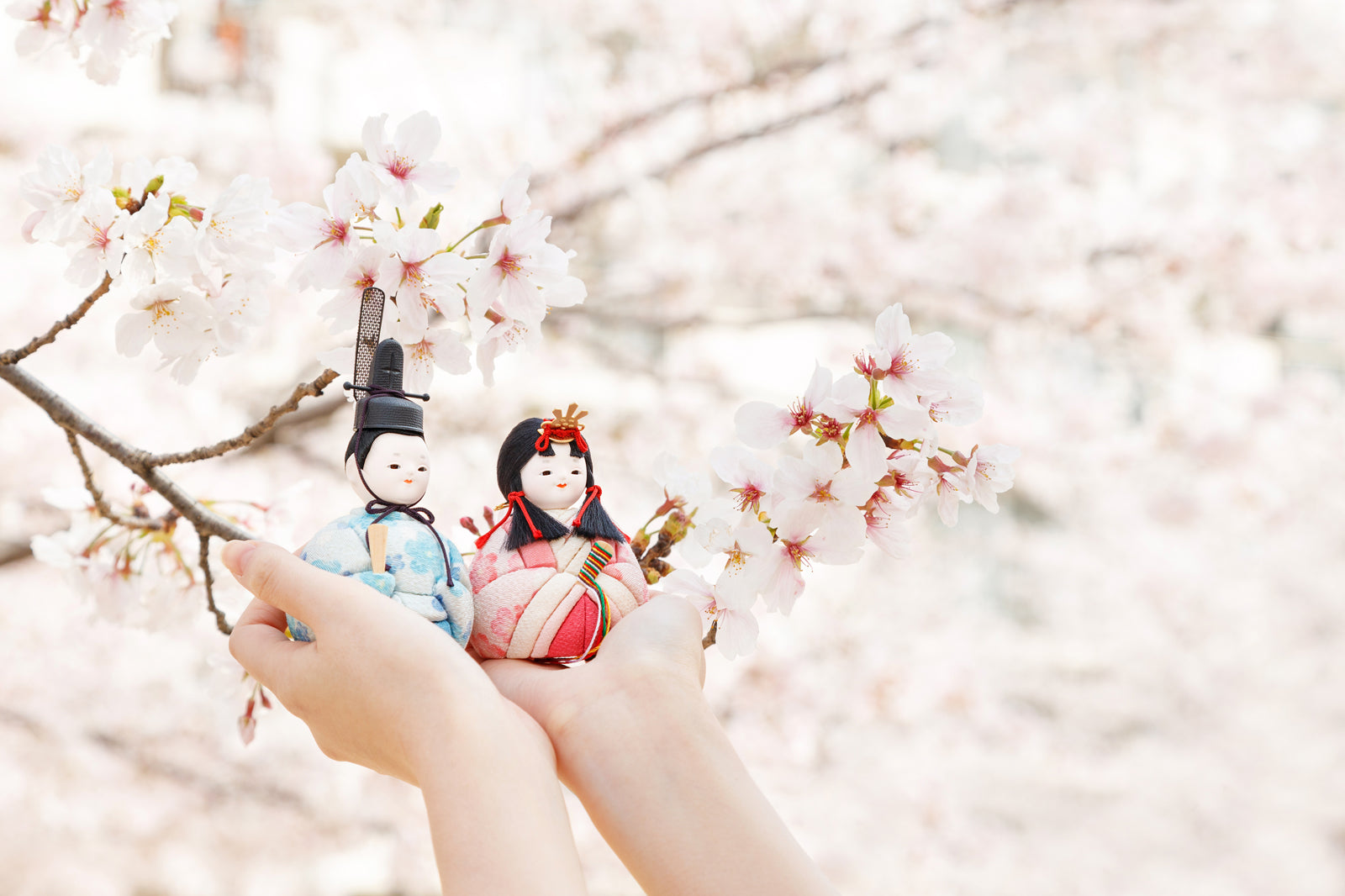
Understanding Hina Ningyo: Japan’s Girls’ Day Dolls
Hina Ningyo are an essential thread in the fabric of Japan’s rich cultural history. They represent parents’ hopes for their daughters, the arrival of spring, and the deep reverence many still hold ...
Read more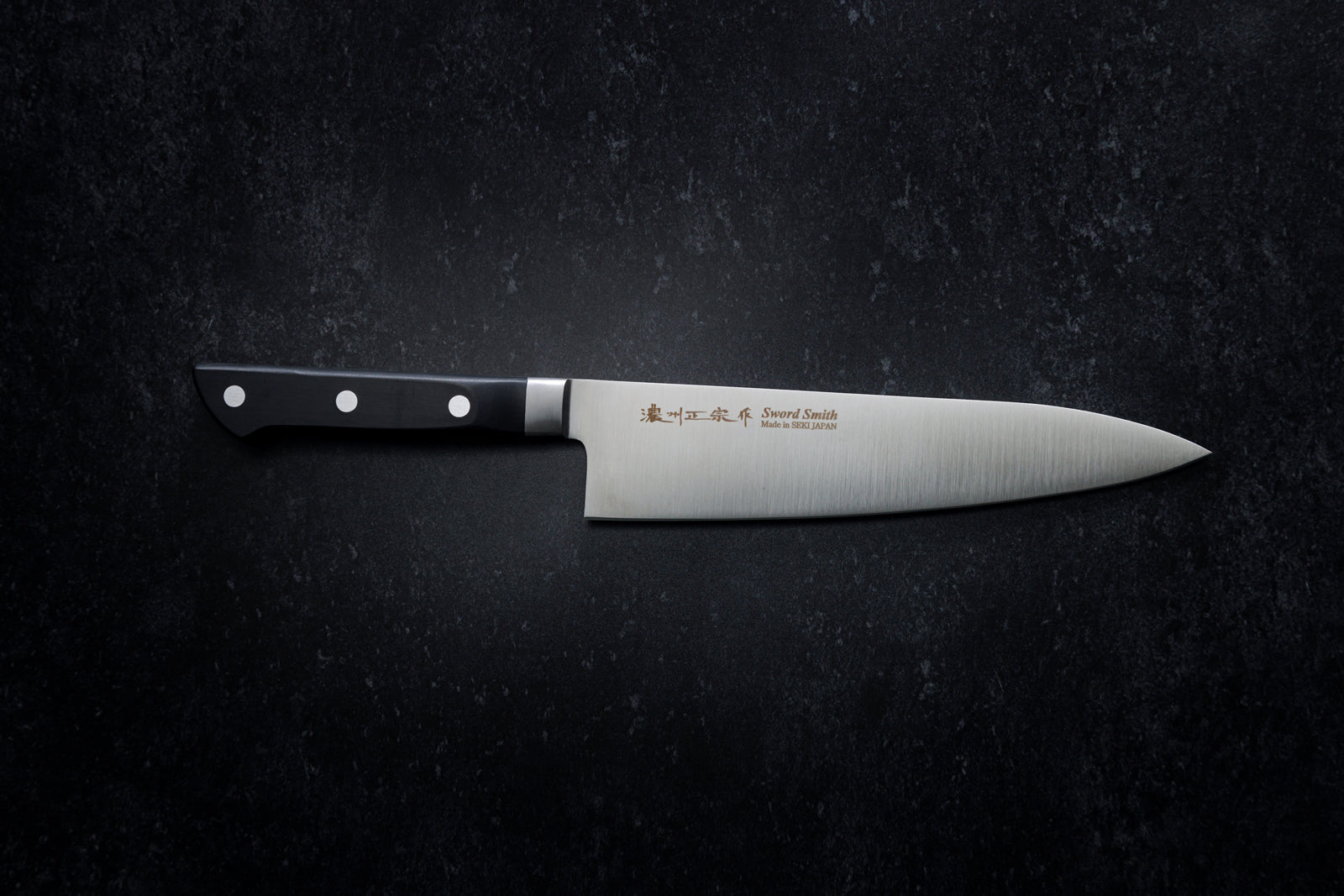
Gyuto Explained: A Japanese Knife Feature
Found in professional kitchens and homes alike, the Gyuto knife—Japan’s answer to the Western chef’s knife—was built for slicing meat with speed and precision. Lightweight, versatile, and razor-sha...
Read more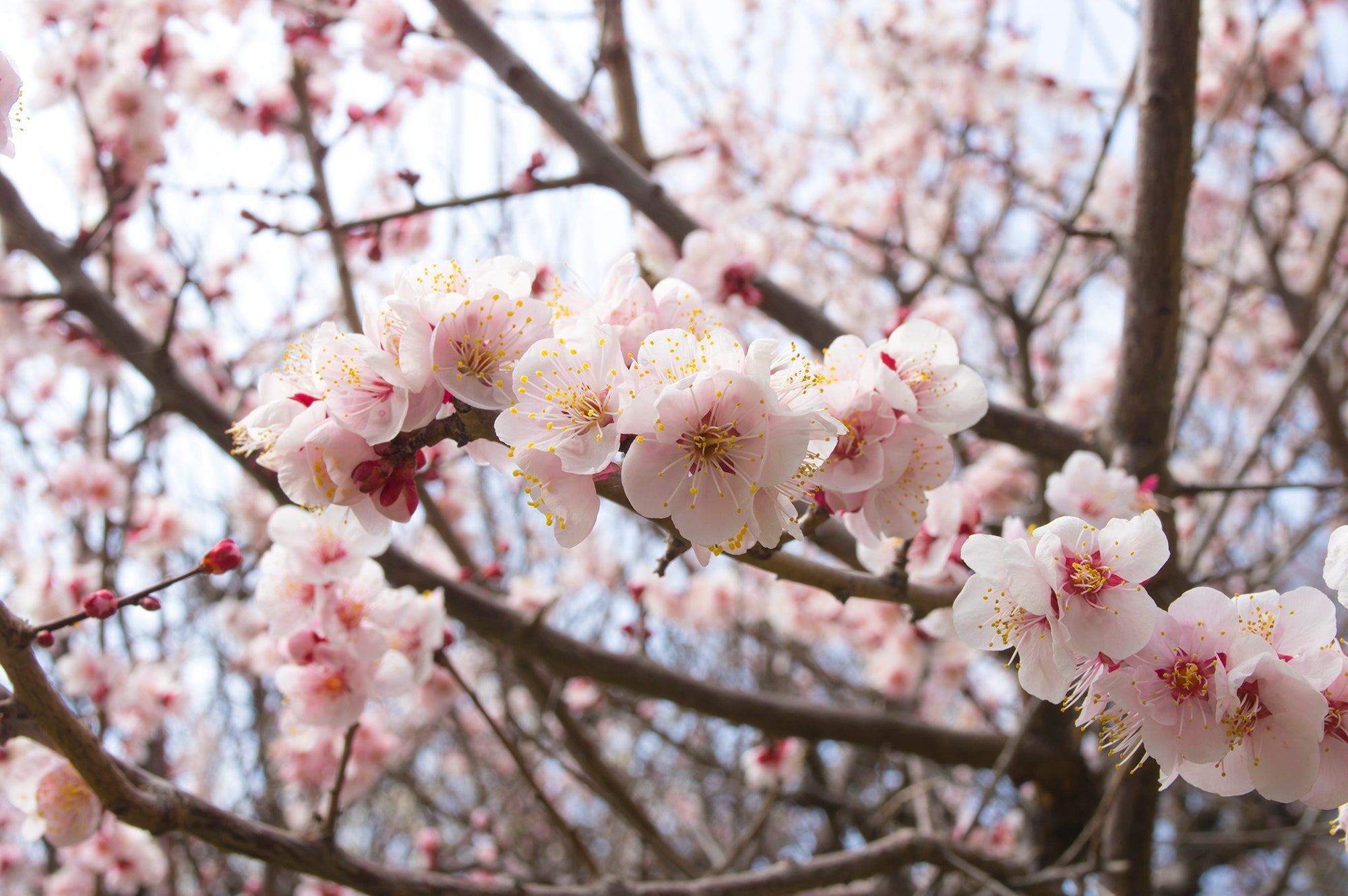
Plum Blossoms in Japan: What to Know Before You Visit
Plum blossoms—known as Ume in Japanese—are the first flowers to bloom each year in Japan, often appearing while snow is still on the ground. Symbolizing strength, resilience, and renewal, these ear...
Read more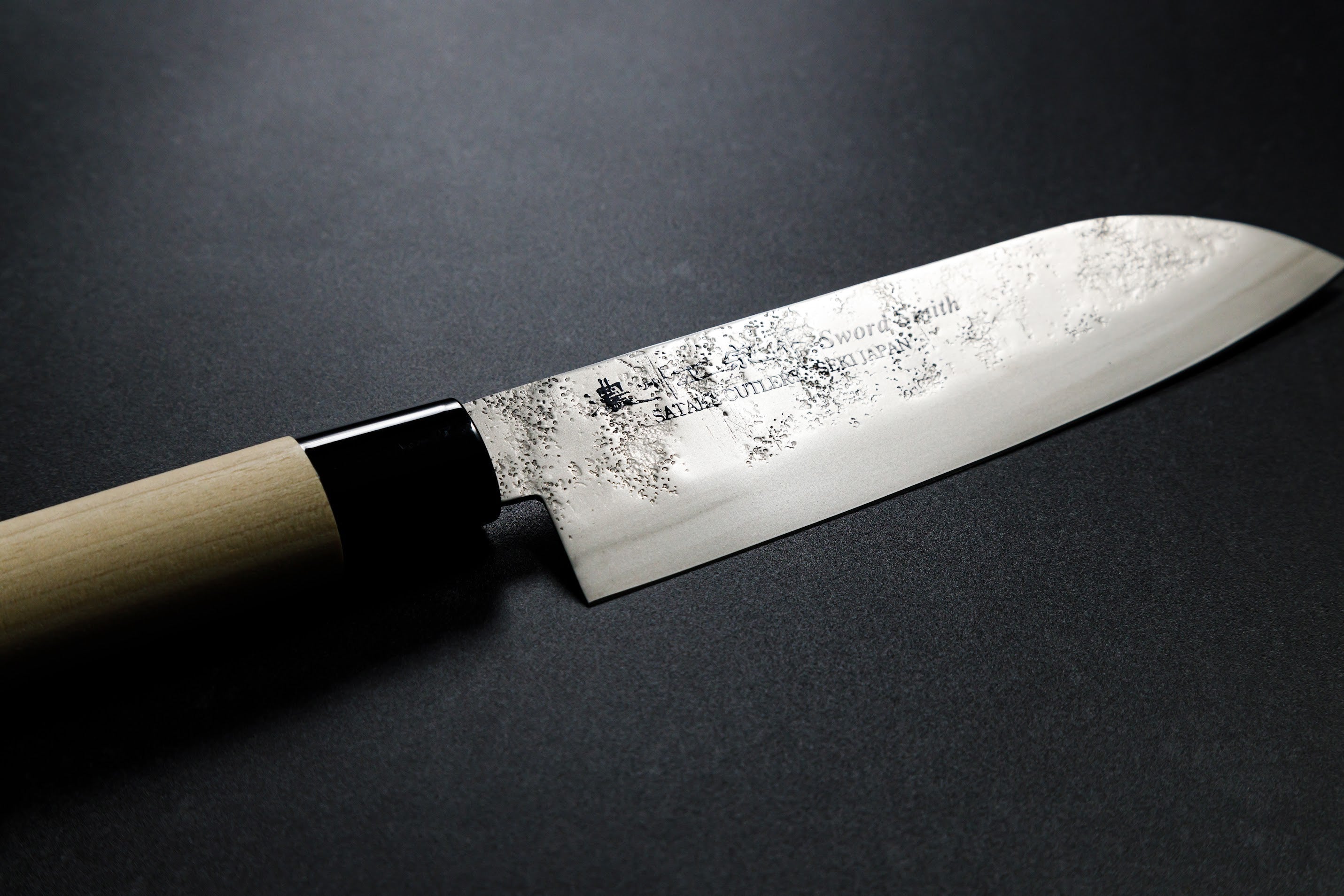
Santoku Explained: A Japanese Knife Feature
Found in nearly every Japanese kitchen, the Santoku knife—meaning “Three Virtues”—excels with its ability to chop, slice, and dice. Compact and versatile, this all purpose Japanese knife is designe...
Read more
What is Omotenashi? The Heart of Japanese Hospitality
Omotenashi is a unique concept that is deeply rooted in Japanese culture and values of service all throughout Japan. It is present in the hospitality industry and beyond—with roots stretching from ...
Read more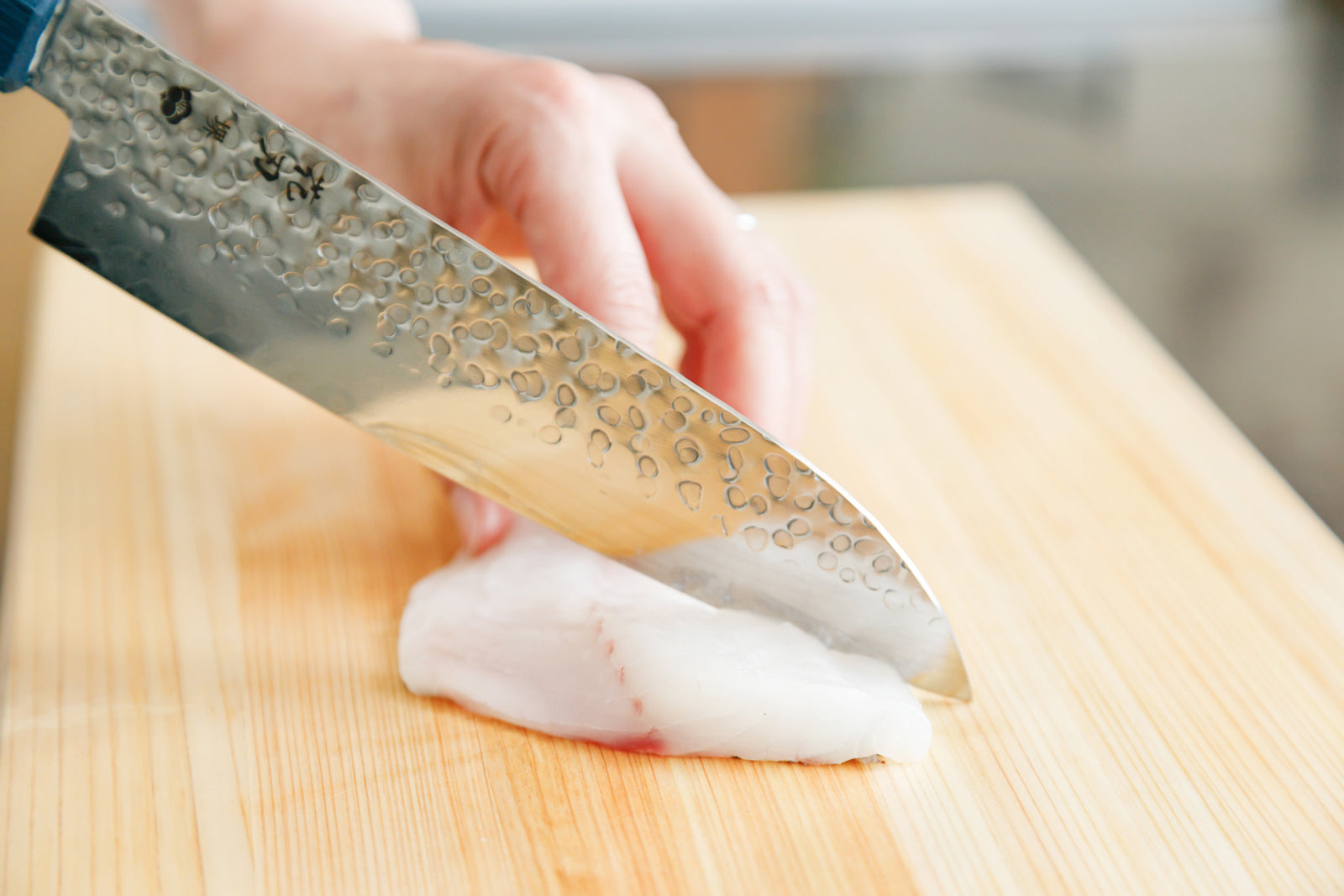
Japanese Knife Guide: Single and Double Bevel Explained
Single vs. Double Bevel If you’ve been researching Japanese knives, you’ve probably come across the term “knife bevel.” It’s often used interchangeably with “grinding angle” or “edge angle,” which ...
Read more
